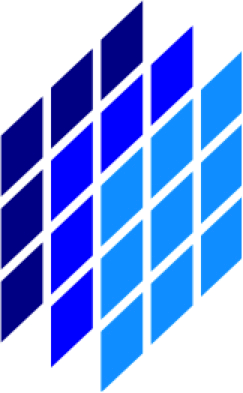Neural networks in quantum chemistry

Project reference: 2107
Neural networks (NN) and deep learning are two success stories in modern artificial intelligence. They have led to major advances in image recognition, automatic text generation, and even in self-driving cars. NNs are designed to model the way in which the brain performs tasks or functions of interest. NNs can perform complex computations with ease.
“An essential paradigm of chemistry is that the molecular structure defines chemical properties. Inverse chemical design turns this paradigm on its head by enabling property-driven chemical structure exploration.” [1] Quantum chemistry provides powerful tools for investigation of molecular properties and their reactions. Rapid development of HPC has paved the road for chemists to utilize quantum chemistry in their everyday work, i.e. to understand, model, and predict molecular properties and their reactions, properties of materials at nano scale, and reactions and processes taking place in biological systems.
The main goal of this project is to investigate ability of NN frameworks to simulate molecular properties, where NN can emulate electronic wavefunction in local atomic orbitals representation as a function of molecular composition and atom positions or other molecular descriptors and representations. Our objective is to apply NN frameworks as predictor of molecular properties (energies, charges on atoms or evidence of hydrogen bonds) based on structural properties of these molecules (atomic positions). Implementation of NN frameworks will be performed using widely adopted TensorFlow library in Python code. For generation of molecular descriptors of chemical systems we apply DScribe library [2], which can be incorporated as a module directly in Python code. Next to the aforementioned “application part” of the project, we also plan to (in)validate the widely accepted fact, that GPGPUs are superior execution platform for NNs to CPUs.
[1] Schütt, K.T., Gastegger, M., Tkatchenko, A. et al. Unifying machine learning and quantum chemistry with a deep neural network for molecular wavefunctions. Nat Commun 10, 5024 (2019)
[2] L. Himanen, M.O.J. Jäger, E.V. Morooka et al., DScribe: Library of descriptors for machine learning in materials science, Computer Physics Communications (2019)

Schematic diagram of descriptors (left) as inputs to the neural networks (right), along with hidden layers, and output.
Project Mentor: Ing. Marián Gall, PhD.
Project Co-mentor: Doc. Mgr. Michal Pitoňák, PhD.
Site Co-ordinator: Mgr. Lukáš Demovič, PhD.
Participants: Scott le Roux, Joseph Sleiman
Learning Outcomes:
Student will learn a lot about Neural Networks, molecular descriptors, TensorFlow, GPUs, MPI and HPC in general.
Student Prerequisites (compulsory):
Basic knowledge of Python and elementary chemistry/physics background.
Student Prerequisites (desirable):
Advanced knowledge of Python, C/C++ and MPI, BLAS libraries and other HPC tools. Basic knowledge neural networks and quantum chemistry background.
Training Materials:
https://www.tensorflow.org/,
https://singroup.github.io/dscribe/latest/
Workplan:
- Week 1: training;
- Weeks 2-3: introduction to neural networks, TensorFlow, molecular descriptors, quantum chemistry and efficient implementation of algorithms;
- Weeks 4-7: implementation, optimization and extensive testing/benchmarking of the codes;
- Week 8: report completion and presentation preparation
Final Product Description:
Expected project result is Python implementation of (selected) neural network algorithm, applied to quantum chemistry problem. Parallel code will be benchmarked and compared to GPU implementation.
Adapting the Project: Increasing the Difficulty:
Writing own NN algorithm using MPI and/or CUDA or build own molecular descriptor for molecular characterization.
Adapting the Project: Decreasing the Difficulty:
Applying existent NN implementation to quantum chemistry problems.
Resources:
Student will have access to the necessary learning material, as well as to our local IBM P775 supercomputer and x86 / GPU infiniband clusters. The software stack we plan to use is open source.
Organisation:
CC SAS-Computing Centre, Centre of Operations of the Slovak Academy of Sciences


Leave a Reply